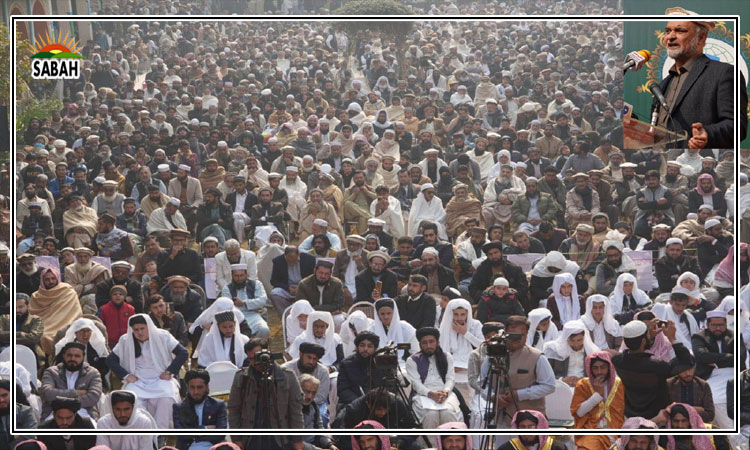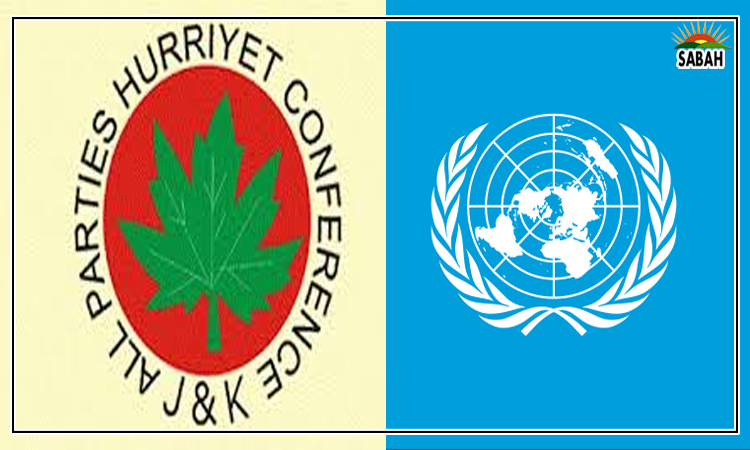Climate migration…..Zile Huma
The International Day of Migration is observed every year on December 18 to create mass awareness about the challenges and rights of migrants. The International Convention on the Protection of the Rights of All Migrant Workers and Members of Their Families was adopted on December 18, 1990 by the United Nations General Assembly.
The UNGA declared December 18 as International Migrants Day on December 4, 2000 keeping in view the increasing trend of migration all over the world due to political, economic, and environmental reasons.
Climate change and environmental conditions have become important factors for migrations all over the globe. According to the UNs Intergovernmental Panel on Climate Change Report 2022, Over the next 30 years, 143 million people are likely to be uprooted by rising seas, drought, searing temperatures, and other climate catastrophes. Normally people migrate within their countries of residence to climate-resilient towns to have safe habitats and sustain means of income.
Pakistan is also declared among the top ten countries most affected by climate-led disasters. The report Costs of Climate Inaction: Displacement and Distress Migration published in 2020 mentions that more than 18 million people in the South Asian region were climate migrants. It also predicted that almost 63 million people will be displaced in Pakistan, India, Bangladesh, Nepal, and Sri Lanka if Global Warming remains to increase at the current rate. Pakistan alone is expected to have around two million climate migrants by 2050. The recent floods in Pakistan are the most devastating calamity that displaced nearly eight million people, as per the Post-Disaster Needs Assessment Report.
Many reasons lead to climate migration. First of all, people migrate from areas at risk of being hit by climate disasters to protect their lives. The second reason for climate migration is the lack of opportunities to earn a living or the constant loss in earnings due to extreme weather conditions. Such climatic patterns push people to abandon their previous source of income and force them into a new business or profession. An example would be unprecedented rains or floods damaging the agriculture sector and compelling farmers to find alternative means of earning.
Many areas hit by climate disasters are also prone to food insecurity which also becomes a reason for climate migration. Another reason that compels people to choose the path of climate migration is health issues. Many diseases like pneumonia, diarrheal, and skin problems take birth due to extreme weather conditions and floods.
Climate migration also leads to several challenges for migrants and displaced persons. First of all, they need shelter to resettle in a new environment. New places and environments sometimes produce adjustment and acceptance issues due to differences in culture and ethnic background. Migrants adopt new businesses and jobs which becomes a challenge for migrants to excel in new fields. Moreover, new businesses and professions are always at risk of failure.
The education of children in migrant families is another challenge. They lack enough resources to afford the education of their children after displacement. If somehow, they manage to send their children to educational institutions, it also becomes a challenge for the children to adjust, make new friends and grasp the speed of learning.
There are also possibilities of increasing crime rates among migrants if they fail to find appropriate opportunities to earn income for their families. Criminal gangs also target migrants for illegal businesses like human trafficking and drugs. Women migrants become vulnerable to gender-based crimes like abduction and rape. The lack of economic opportunities and adjustment problems of migrants leads to many psychological problems. The cases of domestic violence among migrant families have become a common phenomenon.
Several steps can be taken to overcome the challenges faced by climate migrants. First of all, governments all over the world should make research-based climate migration strategies to make it systematic. Governments can introduce schemes to provide financial support to climate migrants. Arrangements should be made to provide counselling services to climate migrants to help them find out which jobs and businesses are more successful in that new place.
Mass awareness should be created to accept and support climate migrants in the new environment regardless of their ethnic and cultural backgrounds. Law-enforcement agencies should be more vigilant in areas where migrants reside to prevent hate and other crimes and maintain security.
Courtesy The News












